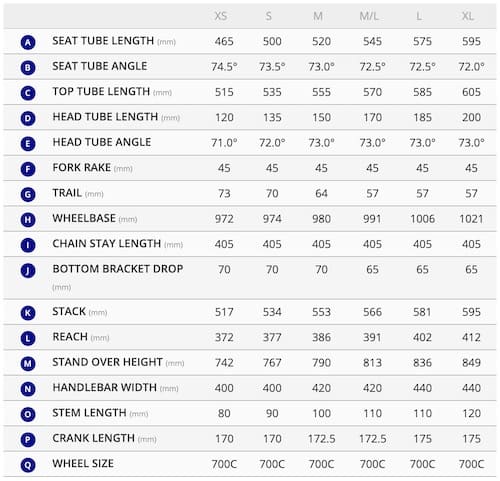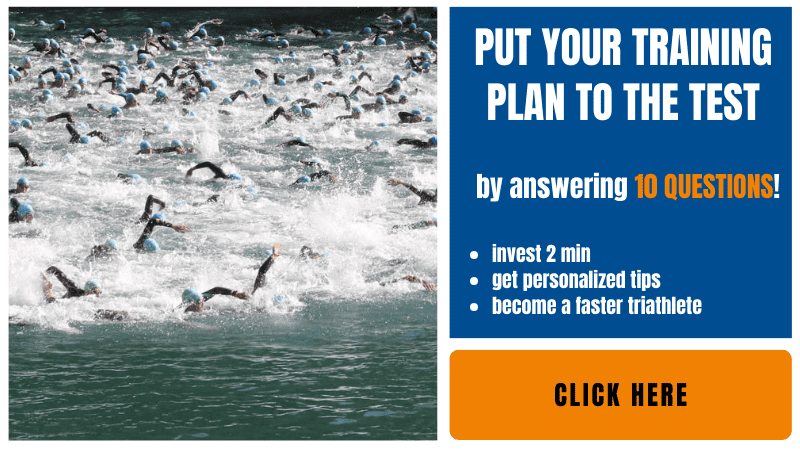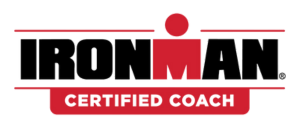After a couple of months of adjusting my bike on my own and still having knee pain, I booked my first bike fit at a local professional. Let me share what I learned from this experience and the research I have done.
A professional bike fit aims at finding the best adjustments on your bike to make you as comfortable and efficient as possible. On average, the entire process takes two hours and costs $200.
Starting with assessing your goals, fitness, and flexibility, the bike fitter will take your current position as a baseline and adjust one component at a time. You will go home with your adjusted bike and a summary of all the measurements. A follow up is generally offered at no extra cost.
A bike fit can be a really different experience whether you know what to expect or not. Let’s dive into more details.
Disclaimer: The Triathlon Tips of My Tri World are reader-supported. When you buy through links, I may earn an affiliate commission.
WHO SHOULD GET A BIKE FIT?
Every cyclist can benefit from a bike fit. Amateurs will get a more comfortable position after a couple of tweaks, and professionals can dial in micro-adjustments for an optimized position.
If you are a time trialist and triathlete looking for every aero gain you can get from your position, there is the possibility of doing a bike fit in a wind tunnel. It is, however, way more expensive and quite hard to find places.
If you experience any pain while riding or have medical issues, you definitely should go to a professional bike fitter right away.
SHOULD I GET A BIKE FIT BEFORE I BUY A NEW BIKE?
The big advantage of doing a bike fit before buying a bike is that you will know exactly which dimension of a frame you should look for and the length you need for the bike’s most important components.
All bike manufacturers sell different sizes of their bikes. The difference is obviously in the frame dimensions but also in the length of its components. See below an example of my bike, the Giant Propel advanced 1 2018 (website link, no affiliate), and how different some of the components are (N to P)

When buying a new bike, the vendors will go over a quick sizing for three to five minutes and see which bike size will fit you best. In no case does it mean that the bike will completely fit you. You might need to change some components (crank, stem, saddle…) later on.
If you would do a professional bike fit before buying the bike, you will know exactly the dimensions of all the components you would need.
As I mentioned in the intro, I did my first bike fit after buying a bike and having knee pain, but I will certainly do one before buying my first triathlon bike.
WHAT HAPPENS DURING A BIKE FIT?
A professional bike fit will last between two to three hours. Before you commit to doing any bike fit, be sure that you will get those four elements:
- Assessment of goals, fitness, flexibility, and strength is a critical part of any bike fit. Every cyclist has unique abilities, and you want to have a position that works for you.
- Current measurement documentation: If things go completely wrong during the bike fit, you can always go back to your initial position.
- Dynamic analysis of you riding your own bike (or a standalone bike if you do it before buying one): it can be done with or without video equipment. The most important is the experience of the bike fitter. Be sure to bring your own cycling shoes, jersey, and bib short. The adjustments will be made mainly to your saddle, cleats, handlebar, stem, and aerobars if you have some.
- Documentation of the results and “free” follow-up: you, of course, want to have the changes done on your bike, but you should also get them written down, so you can always refer back to them later on. Most bike fitter will have a free (actually priced in…) follow up if you need further tweaks or realize you can’t hold the position.
If you get a bike fit in a bike shop, make sure that the person is a professional bike fitter and not simply someone who will make a quick sizing. Until now, I have never seen a bike shop with a bike fitter. However, they might work with some, so it is always a good idea to ask them.
CAN I TRANSFER MY POSITION TO ANOTHER BIKE?
Duplicating the position you currently have to a similar bike is pretty easy. You can either use the measurement you received after your bike fit or measure yourself the position of different components on your bike and apply them to your new bike. A comprehensive way to do it is following the guidance of Park Tool in their article “Road Positioning Chart” (simple link, no affiliate).
However, you can’t duplicate your road bike’s position to a mountain bike or a triathlon bike. They are simply too different. You would need to get a second bike fit.
HOW OFTEN SHOULD I GET A BIKE FIT?
Realistically, I think most amateurs are just fine by making a bike fit every couple of years except if their fitness changes drastically or if they experience an injury, in that case, more often.
For age groupers and pros, there are advantages of doing it more often. In his book, The Triathlete’s Training Bible (Amazon link, when you buy through this link, I may earn an affiliate commission.) Joe Friel says he has every athlete he coaches get a professional bike fit at the start of every season, even if they didn’t change bike.
The reason behind doing it every year is that your ideal position changes with your change in flexibility, goals, event distance, and bike components.
You are now ready for booking your bike fit session. I personally learned a lot about my bike and my flexibility (or lack of it, to be honest) during this experience. I am sure you will enjoy it as well.



